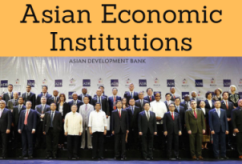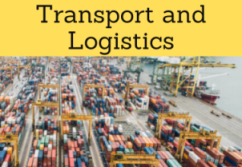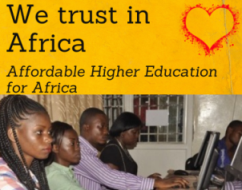South Asia Subregional Economic Cooperation
Foreign Trade Facilitation (South Asia Subregional Economic Cooperation)

One of the objectives of the South Asia Subregional Economic Cooperation (SASEC) is to facilitate cross-border movement of products and people.
SASEC Countries: Bangladesh, Bhutan, India, the Maldives, Nepal, and Sri Lanka

Religions and Global Business -
Religious diversity
- Introduction to the South Asia Subregional Economic Cooperation (SASEC)
- Strategies of SASEC Programme
- Members countries of the South Asia Subregional Economic Cooperation: Bangladesh, Bhutan, India, the Maldives, Nepal, and Sri Lanka
- Transport Cooperation in SASEC region
- SASEC Road Connectivity Project in Bangladesh
- Dhaka-Northwest corridor
- Bangladesh-Myanmar Logistics Corridor
- Asia-Africa Logistics Corridor
- India-Afghanistan Logistics Corridor
- Corridor of the Ashgabat Agreement
- North-South Corridor (India-Russia)
- Trade Facilitation between SASEC members
- Cross-Border Power Trading in South Asia
Sample - South Asia Subregional Economic Cooperation (SASEC):

The educational aims of the Subject “South Asia Subregional Economic Cooperation (SASEC)” are:
- To understand the purposes and programs of the South Asia Subregional Economic Cooperation
- To learn about transport cooperation programs
- To analyze the Trade Facilitation programs, intra-SASEC trade and cross-border trade

The Subject “South Asia Subregional Economic Cooperation (SASEC)” is included within the curriculum of the following academic programs at EENI Global Business School:
Masters: International Business, Foreign Trade.


Course: Hinduism and Business.

Languages:  or
or  Cooperación Económica Subregional de Asia del Sur (SASEC)
Cooperación Económica Subregional de Asia del Sur (SASEC)
 Coopération économique sous-régional Asie du Sud
Coopération économique sous-régional Asie du Sud  Cooperação Económica Sub-regional Ásia do Sul.
Cooperação Económica Sub-regional Ásia do Sul.
South Asia Subregional Economic Cooperation.
In 2001, six Asian Countries (Bangladesh, Bhutan, India, the Maldives, Nepal, and Sri Lanka) founded the South Asia Subregional Economic Cooperation (SASEC) programme with the purpose to:
- Strength the economic cooperation between the Member States
- Boost the Foreign Trade between them
- Develop the cross-border connectivity
The South Asia Subregional Economic Cooperation (SASEC) has developed thirty-three projects (6 billion dollars) in ICT, Foreign Trade Facilitation, regional transport, and energy.
The Transport Sector Strategy of the South Asia Subregional Economic Cooperation (SASEC) objectives to develop a Multimodal Transport network and logistics corridors in the region to facilitate Foreign Trade between Bangladesh, Bhutan, India, the Maldives, Nepal, and Sri Lanka.
In the South Asian region near 70% of the freight is moved by road.
The SASEC Trade Facilitation Strategy is based on the strategic framework, the objectives are:
- To facilitate Foreign Trade transactions and regional Multimodal Transport
- To eliminate Technical Barriers to Trade
- Customs modernization in the region
- To support the South Asia Free Trade Agreement Cooperation (SAFTA) - SAARC
The South Asia Subregional Economic Cooperation belongs to:
- Hindu Economic Area
- Buddhist Economic Area
- Central Eurasian Economic Area (Islamic Civilization)
(c) EENI Global Business School (1995-2025)
Top of this page










 WhatsApp
WhatsApp